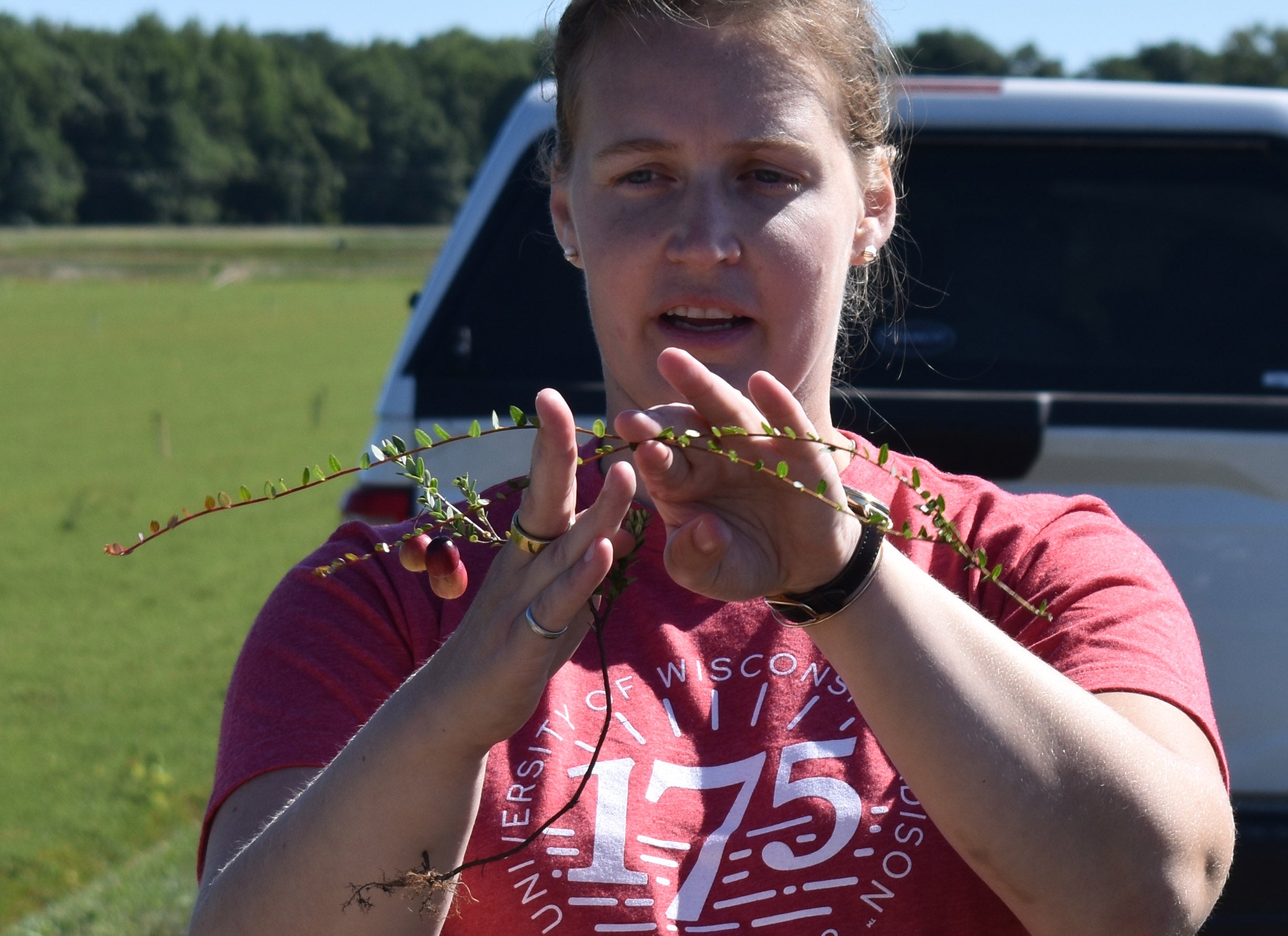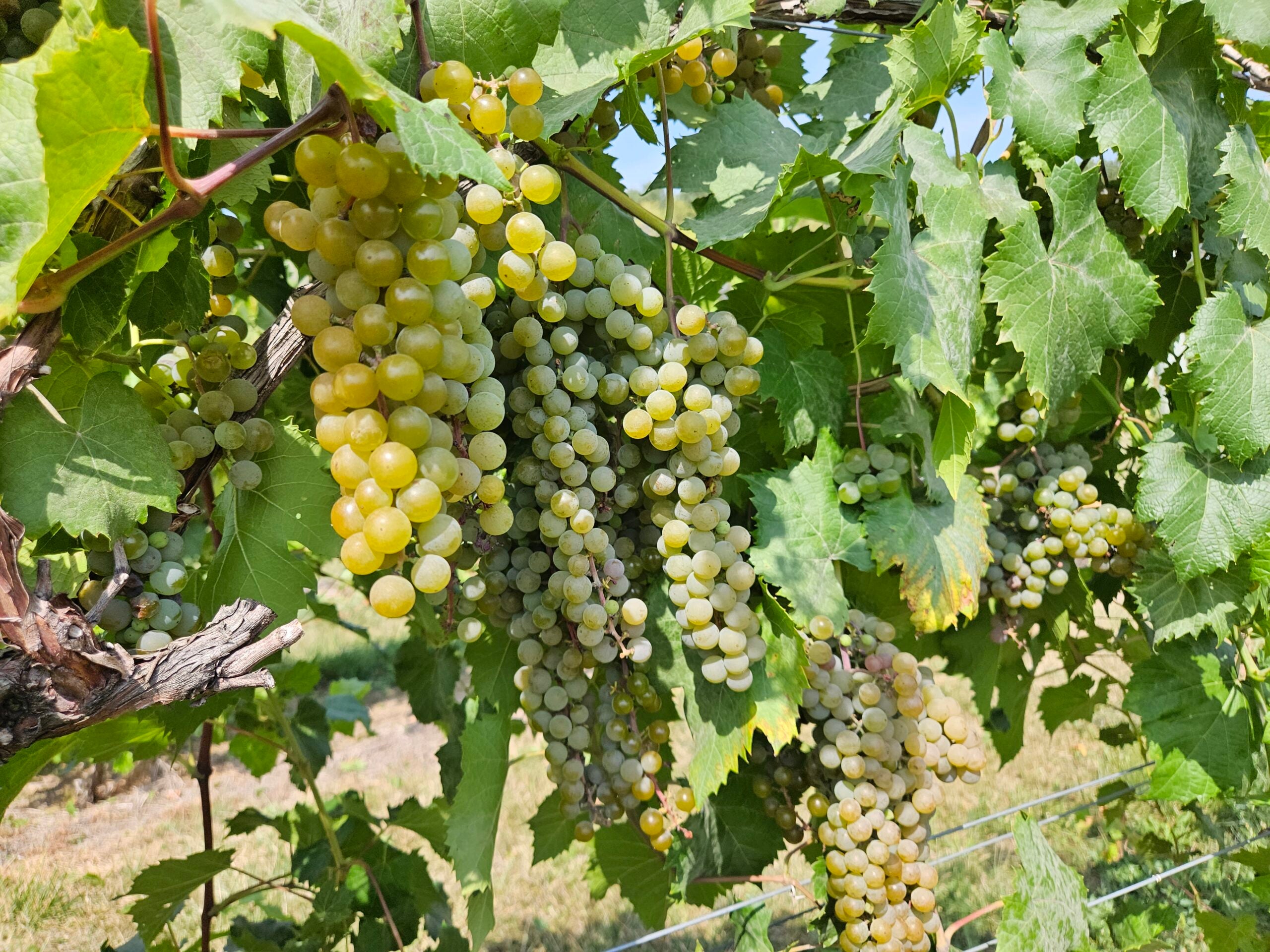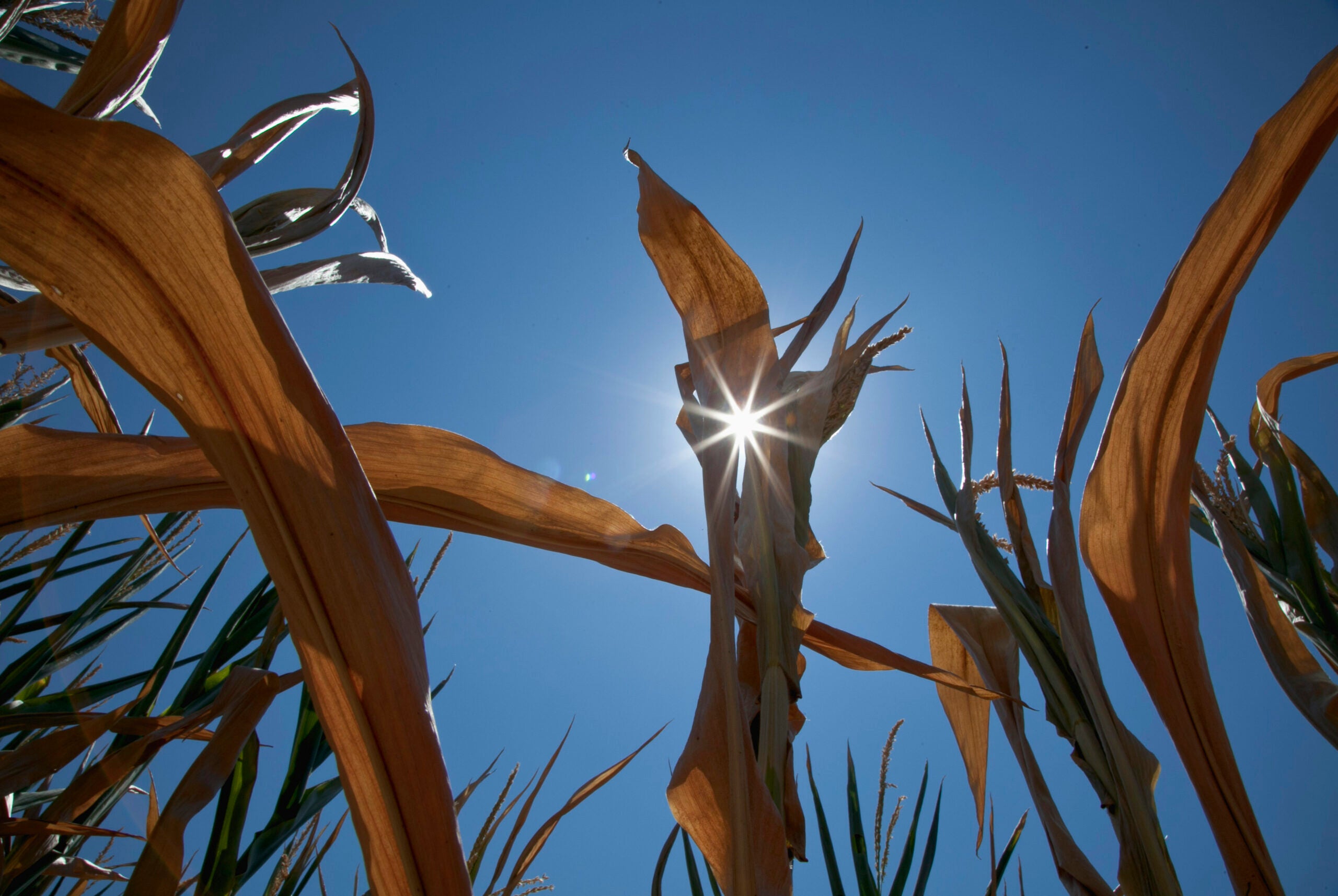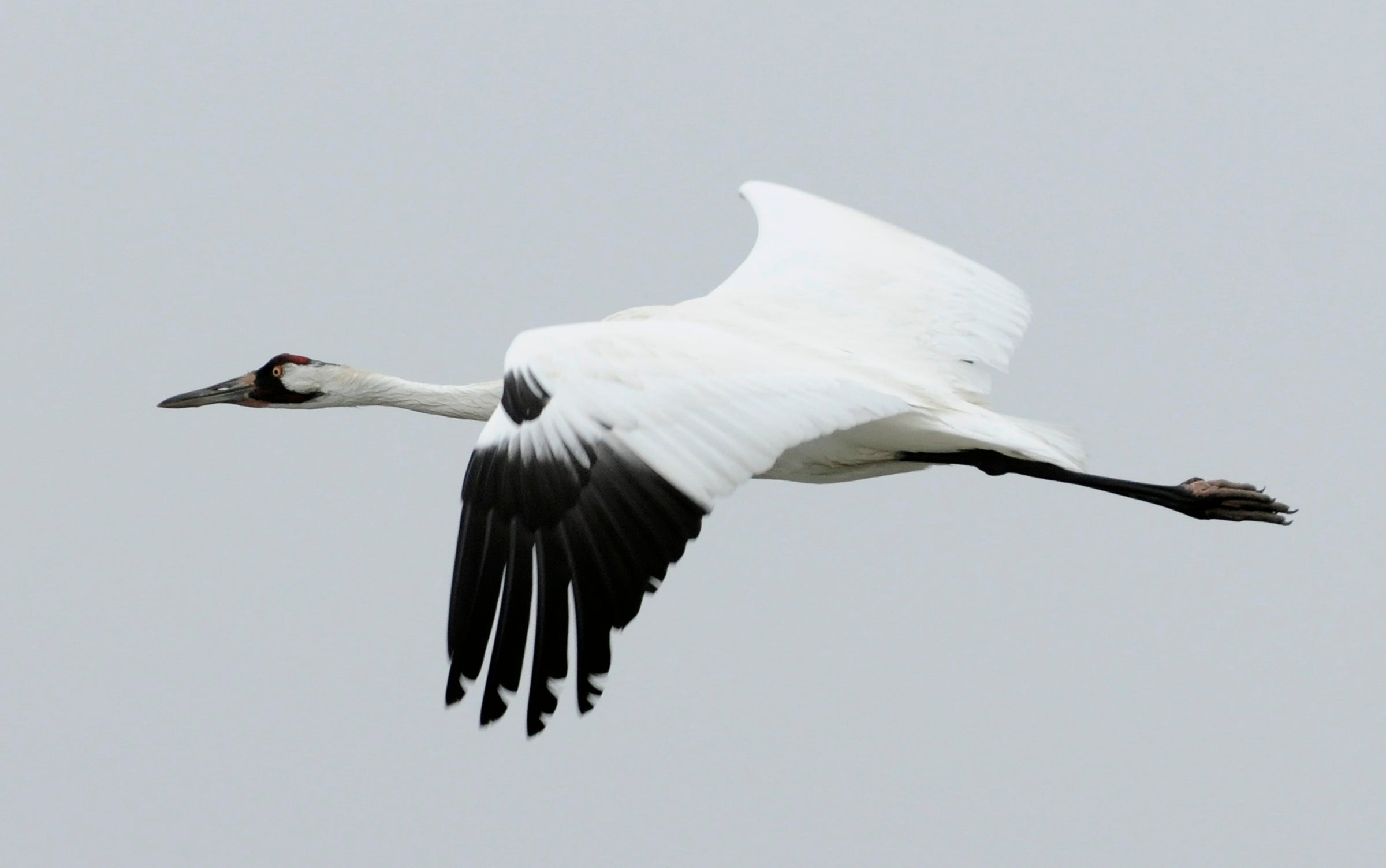Scientists hope research on pollinators can help to head off diseases that can harm cranberry crops.
Cranberry growers typically bring in commercially available bees to pollinate their crops. The dry, even drought conditions this year have actually been good for cranberry crops because they allowed the bees to do their work, said Dave Hansen of DuBay Cranberry Co., at a recent tour of the farm put on by the University of Wisconsin-Madison’s Division of Extension.
“We have to bring in pollinators, and they’re very weather-dependent,” Hansen said. “So if it’s raining or cold, they’re not going to be working. This year was pretty dry, so they had all the chances to pollinate our crop.”
Stay informed on the latest news
Sign up for WPR’s email newsletter.
A new research project studied the microbes carried by pollinators into cranberry marshes. The study, led by researcher Celeste Huff as part of a graduate program at UW-Madison, used sites at several central Wisconsin marshes to identify the microbes carried by both wild pollinators and those brought in by farmers.
“What bees are carrying around from flower to flower does mean a lot to the growers,” Huff said. “These microbes could be pathogens which could infect through the flower and hurt their crop. (They) could also be a biocontrol, or a beneficial microbe that can outcompete pathogens.”
The first phase of the research was completed this year and did not include specific recommendations for farmers. Huff said future research may add practical applications.
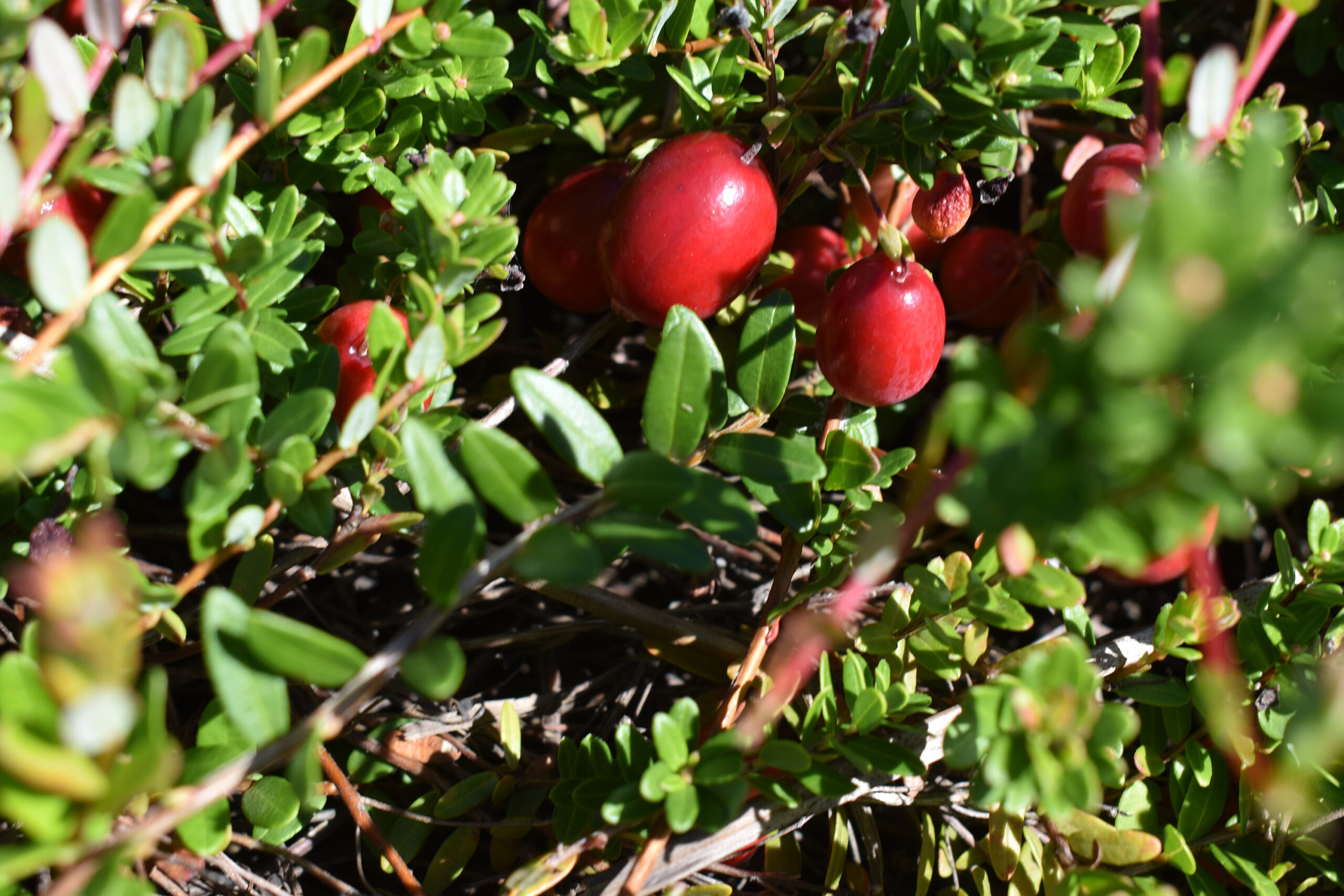
Wisconsin is the nation’s leading producer of cranberries, growing about 60 percent of the U.S. cranberry crop. Most are grown in central Wisconsin.
Sweetened, dried cranberries, sometimes sold under the brand name “Craisins,” have exploded in popularity in the 21st century, and they are the leading market for Wisconsin growers. Cranberry juice is second; many growers also harvest juice in the process of drying cranberries to make Craisins. The smallest market for growers are fresh cranberries, though some farms specialize in providing high-quality product for sale in grocery store produce departments.
The UW-Extension leads research aimed at helping growers to maintain Wisconsin’s position as the nation’s leading cranberry producer. Researchers there have advised growers on everything from best practices for wintering the cranberry beds to the use of multispectral imaging to measure the quality of crops.
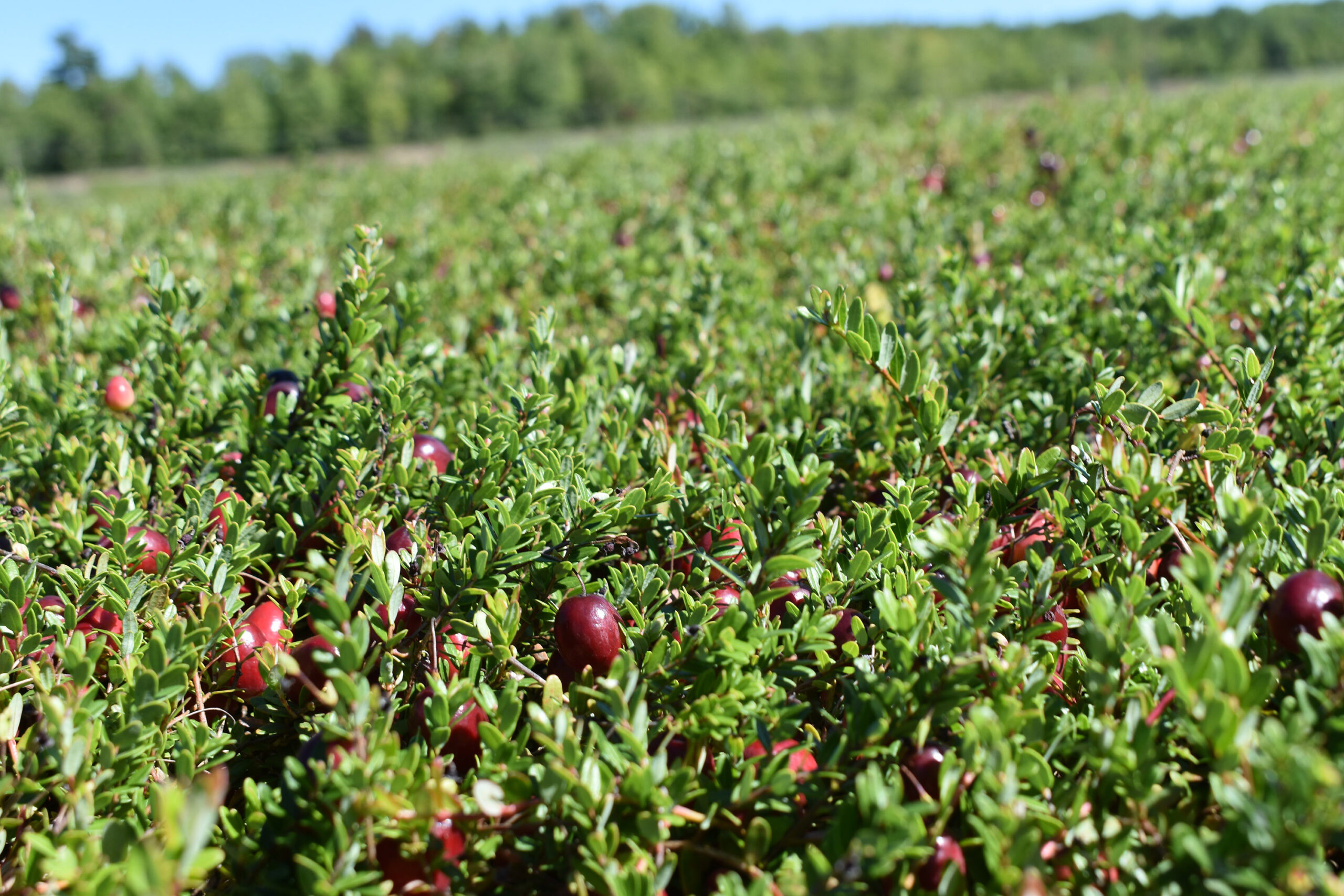
At the tour of DuBay Cranberry Co., Extension specialist Allison Jonjak also presented research on using nematodes to fight the flea beetle, which can damage crops.
Cranberries grow in beds that farmers flood at the end of the season. The ripe cranberries float to the surface to be harvested. Harvest for some cranberry varieties will begin in mid-September.
Wisconsin Public Radio, © Copyright 2025, Board of Regents of the University of Wisconsin System and Wisconsin Educational Communications Board.

